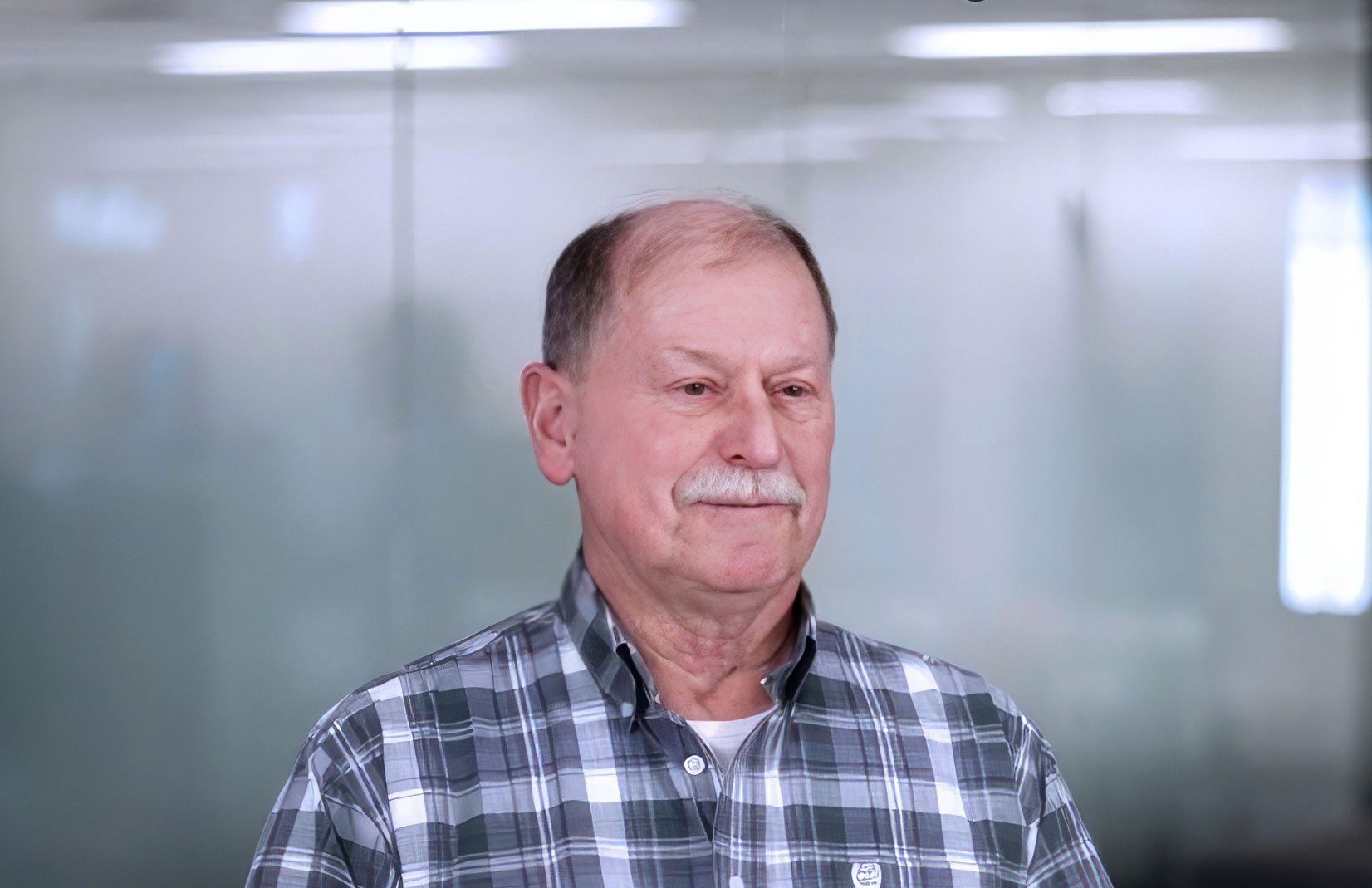Our Mission
Keeping the water clean, the landfill secure, and the future bright.
If you missed our Trash Talk Event you can watch the entire video here
Discussion moderated by KSTP’s Tom Hauser
Value of the land
Post-closure, groundwater and landfill gas monitoring for more than twenty years, has never shown any results that indicate that the Freeway Landfill creates an imminent risk to groundwater, surface water, or landfill migration gas.
Vision for the future
Plans already exist for developing the property without taxpayer dollars, while increasing the tax base, and avoiding costly litigation. It’s a win-win for everyone.
Working with mpca & epa
Owners of Freeway Landfill have cooperated with State and Federal inspections, statutes, and requirements when properly notified.
Ground Water Testing
Freeway Landfill has conducted post-closure groundwater and landfill gas monitoring for more than twenty years. This monitoring has never shown any results that indicate that the Freeway Landfill creates a risk to groundwater, surface water, or landfill migration gas.
Seeking a Resolution
Over the years, the owners have proposed numerous solutions that address the future of the property – solutions that would treat all parties fairly.
Not Active For past 33 Years
Freeway Landfill has been dormant, accepting no new waste since 1994.
What the experts are saying

“It’s highly unusual to target legislation at one company. Legislation is supposed to be for the benefit of the public, and the legislation is supposed to apply to all of us. And that’s the whole purpose in doing legislation. We don’t legislate, we don’t create a rule for one entity or one person. We create a rule that’s going to apply to everybody. So to have not just one, but two pieces of legislation that have specifically targeted one business is very, very suspect.”
Sara McGrane
Attorney, Felhaber Larson

“As an environmental consultant who’s been involved with landfills since the early 1980s, I see no need to have a huge expenditure of money to address and move Freeway Landfill as the landfill poses no past, future, or any immediate threat at all to human health and the environment.”
Mark Olson
Senior Environmental Scientist, Stantec

“I believe Freeway Landfill is as safe or safer than other landfills I’ve been involved with over my career in the state of Minnesota. I feel that way because it’s in a groundwater discharge area and there’s no direct recipients of the groundwater, from under that landfill.”
John Lichter
Senior Environmental Engineer, Carlson McCain
BY THE NUMBERS
$165 MILLION
PROPOSED COST TO INITIATE DIG AND HAUL AND TOTAL COSTS COULD EXCEED $500 MILLION
40
ESTIMATED YEARS BEFORE KRAEMER QUARRY STOPS DEWATERING
ZERO
NUMBER OF CURRENT LAWSUITS AGAINST FREEWAY LANDFILL
$200-$300 Million
ESTIMATED VALUE OF THE LIMESTONE BENEATH THE FREEWAY LANDFILL
34 & 55
40
NUMBER OF TESTING WELLS ON FREEWAY LANDFILL (MORE THAN ANY OTHER LANDFILL IN MINNESOTA)
3
GENERATIONS OF CONTINUOUS FAMILY OWNERSHIP SINCE OPENING
The business. The family. The future.
Freeway Facts
Here are the real facts, from experienced engineers, scientists, and the family, who still work on the property. One key fact: while development proposals have been made in recent years, for a variety of reasons none have moved forward. Without a solution that involves the owner’s interests fairly, the future of the McGowan’s land could remain in limbo for decades to come.

